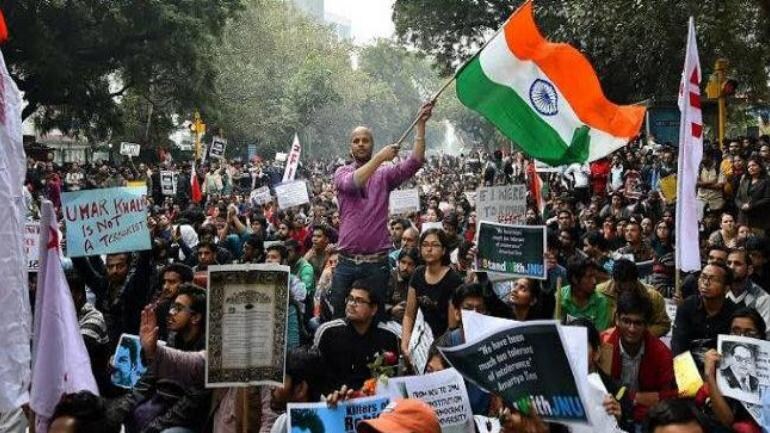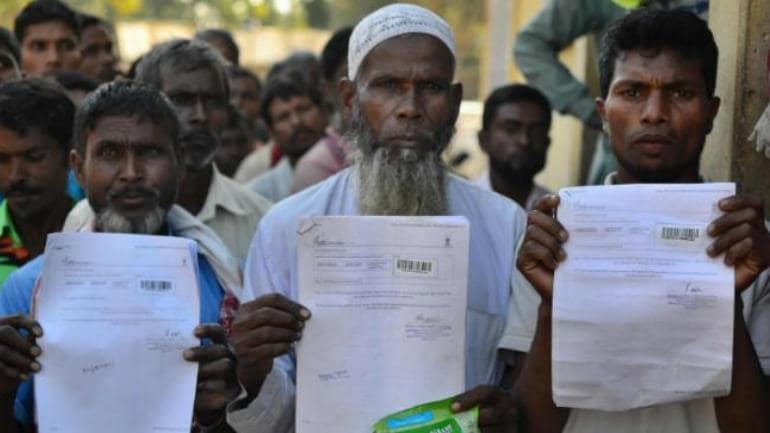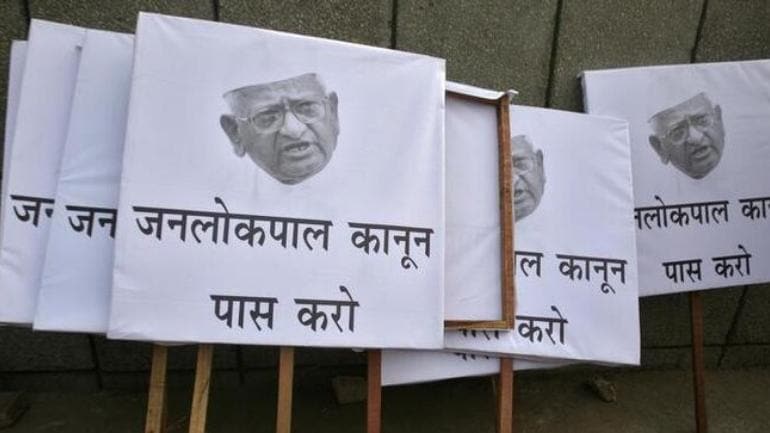This is not a ceremonial post to be subjected to endless lawyerly arguments. It is critical to the checks and balances in a Parliamentary democracy and brings bipartisanship and neutrality to the institutions of accountability and transparency.
- Prasanna Mohanty
- New Delhi
- June 5, 2019
- UPDATED: June 14, 2019 09:28 IST

Not having a Leader of Opposition (LoP) in the Lok Sabha is not unusual to Indian Parliament. The first LoP was designated only in 1969 and there was no such post in the fifth (1971-77), seventh(1980-84) and eighth (1984-89) Lok Sabha.
However, a legal debate was sparked in 2014 when the Speaker denied the LoP position to the Congress - the largest opposition party with 44 members - on the ground that it did not have the required 10 per cent members (55 of 545) in the Lok Sabha. Now the Congress has declared that it would not seek the position for falling short of the 55-mark (it won only 52) in the 17th Lok Sabha.
It is imperative that the legal arguments for and against recognising the LoP is revisited before the new Lok Sabha is reconstituted later in the month.
This article is the eighth in a series that looks at the agenda for the Narendra Modi government's second term. Read the first, second, third, fourth, fifth, sixth and seventh part.
Cutting through the legal clutter
While denying the LoP to the Congress, the Speaker went by the legal advice of the government's highest legal officer - the then Attorney General Mukul Rohtagi.
Rohtagi's legal advice dated July 23, 2014 made three broad points.
First, Rohtagi cited Directions 120 and 121(1)(c) of the "Directions by the Speaker of Lok Sabha" issued in 1956 to claim that "the Speaker is not obliged to recognise any member of the largest Opposition party in the Lok Sabha as Leader of Opposition in case the said party does not have the strength equal to 1/10th of the quorum required for a sitting of the House."
Direction 120 reads: "The Speaker may recognise an association of members as a Parliamentary Party or Group for the purpose of functioning in the House and the decision of the Speaker shall be final."
Direction 121(1)(c) reads: "In recognising a Parliamentary Party...(it) shall have at least a strength equal to the quorum fixed to constitute a sitting of the House, that is one-tenth of the total number of members of the House."
There is no mention of LoP in these directions. Rather, these are to "recognise Parliamentary Party or Group."
What was the purpose of these directions in 1956?
Direction 122 lists seven purposes: (a) allotment of block of seats in the House (b) allotment of room in the Parliament House (c) allotment of committee rooms for holding party meetings (d) supply of official documents; (e) nomination to a Parliamentary Committee; (f) submission of a panel of names to the Speaker for debates and (g) consultation for fixing business of the House or any other important matter coming before the House.
Rohtagi's second argument was that the recognition of LoP is "outside the purview of the Salary and Allowances of Leaders of Opposition in Parliament Act, 1977."
As the very name suggest, the Salary and Allowances of Leaders of Opposition in Parliament Act of 1977 (SALOP Act) is meant specifically for the LoP and gives it a 'statutory' status. And, for the first time, LoP is actually defined in the law.
Section 2 of the law reads: "In this Act, "Leader of the Opposition," in relation to either House of Parliament, means that member of the Council of States or the House of the People, as the case may be, who is, for the time being, the Leader in that House of the party in opposition to the Government having the greatest numerical strength and recognised as such by the Chairman of the Council of States or the Speaker of the House of the People, as the case may be."
There is no mention of 10 per cent strength but "the greatest numerical strength" of the opposition party is set out as the basis for recognising the LoP.
Rohtagi, however, argued that since there was no LoP even after the 1977 Act came into force - in the seventh and eighth Lok Sabha - the 1956 Speaker's directions still governed the LoP.
PDT Achary, who was the Secretary General of Lok Sabha during 2005-2010, has a different view.
He says: "Since the LoP is a statutory post one has to look at the relevant statute - the SALOP Act of 1977 - to determine the LoP. The 1956's Speaker's directions become irrelevant after this Act.
"Besides, following the enactment of the 10th Schedule of the Constitution (Anti-Defection Law) in 1985, every party is now considered a party irrespective of its strength in the House. Thus, the 10th Schedule has also made the Direction 120 of the Speaker's directions irrelevant."
Subhash Kasyap, who was the Secretary General of Lok Sabha during 1984-1990, however, gives primacy to the 1956 Speaker's directions saying that "no law", not the 1977 Act, provides that the Speaker's directions are not valid. At the same time, he also argues that the Speaker should recognise LoP because it is an "office of responsibility" and that a stable opposition is needed against a strong government for healthy democracy.
Rohtagi's third argument was about the presence of LoP in the 'selection committee' for appointments under the CVC Act, RTI Act, Lokpal and Lokayuktas Act and Protection of Human Rights Act.
He said while the CVC Act and RTI Act provided for substituting LoP with "the leader of the single largest group in opposition in Lok Sabha," all the four laws provided that no selection would be invalid "merely on account of any vacancy of any member in the Committee." Thus, he dismissed the legal need for LoP.
Looking forward
No matter who wins the legal argument, the LoP is critical to effective functioning of the opposition in the Parliament and its role in bringing bipartisanship and neutrality to the appointments in institutions of accountability and transparency - CVC, CBI, CIC, Lokpal etc. - can't be overlooked or undermined, no matter what the flexibility or ambiguity that exist in the legal frameworks as Rohtagi highlighted.
Achary reminds that in the Westminster model that India follows the opposition is a recognisable entity and the LoP is referred to as the 'shadow Prime Minister' because she/he is expected to be ready to take over if the government falls. The LoP also plays an important role in bringing cohesiveness and effectiveness to the opposition's functioning in policy and legislative work. "Now that there is a law recognising the LoP, passed by the Parliament, it has to be enforced and
implemented," he adds.



